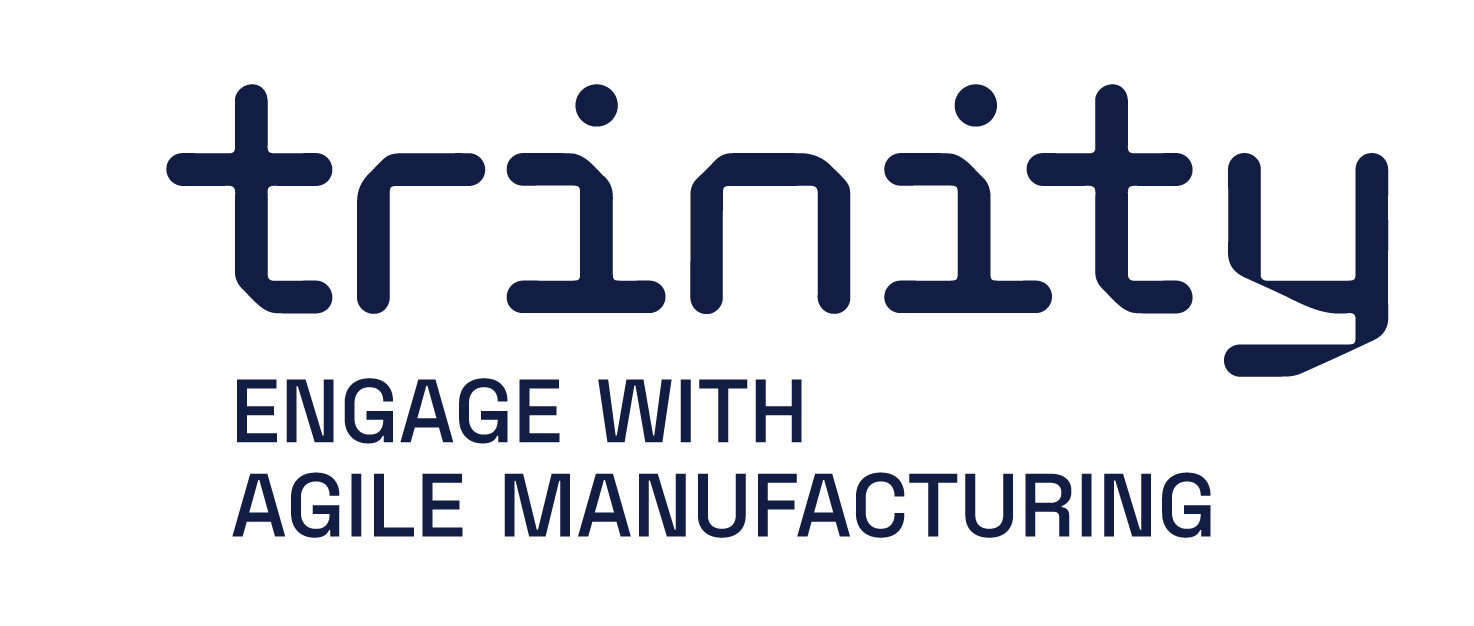Easy Programming Module
Main functionalities
The main goal of this module is to allow the easy and fast implementation of a new robotic application. In classical robot programming, the introduction of a new product variant can lead to a severe re-programming of the entire task. This module allows to create or adapt a robot program in an intuitive way: The operator can program an entire application simply by interacting with a screen or with the cobot directly. Therefore, the operator does not need to have an expert level in robot programming to create a new program. He can easily visualize which actions the cobot is able to perform and assemble those robot actions in the order of interest augmented with the required parameters to fulfilled the desired application. The taught tasks can be adapted in the future by changing steps in the process or parameters to correct the behaviour.
Technical specifications
The module comes with an HMI that can be used to easily create/visualize new applications or to modify/execute the previously taught applications. This HMI allows keeping track of the mains functionality in the application: available tasks, available robots actions, the current status of different device manager. The application is built-in using several Finite State Machines (FSM) which are responsible for the application logic. The change of states in the FSM can be triggered by either using the HMI or internal process.
Inputs and outputs
The programming of the new application follows a logic of robot skills and device primitives. A skill is a more complex robot actions that are composed of several robot device primitives. A device primitive is an elementary robot’s action. As an example, a skill can be a ‘Pick’ skill which is therefore composed of four device primitives (Arm motion to approach location, Arm motion to location, Grasp, Arm motion to release location). This idea behind the structured programming using skills is intended to keep the programming of a new application very intuitive for an inexperienced operator. This structure allows having a series of robot actions that follow a logical order. The new application can be a combination of several robot skills such as: teach-by-demonstration trajectories, forced-based insertion, pick, place, etc. An inexperienced operator can interact with the module using either the screen where the main functionalities are displayed (skills, current device primitives,etc.)
Formats and standards
ISO/TS 15066:2016
ISO 10218-1/2
ISA-95
Training material
undefined
Owner (organization)
Flanders Make
Documents
Trainings
To learn more about the solution, click on the link below to access the training on the Moodle platform
Easy Programming
